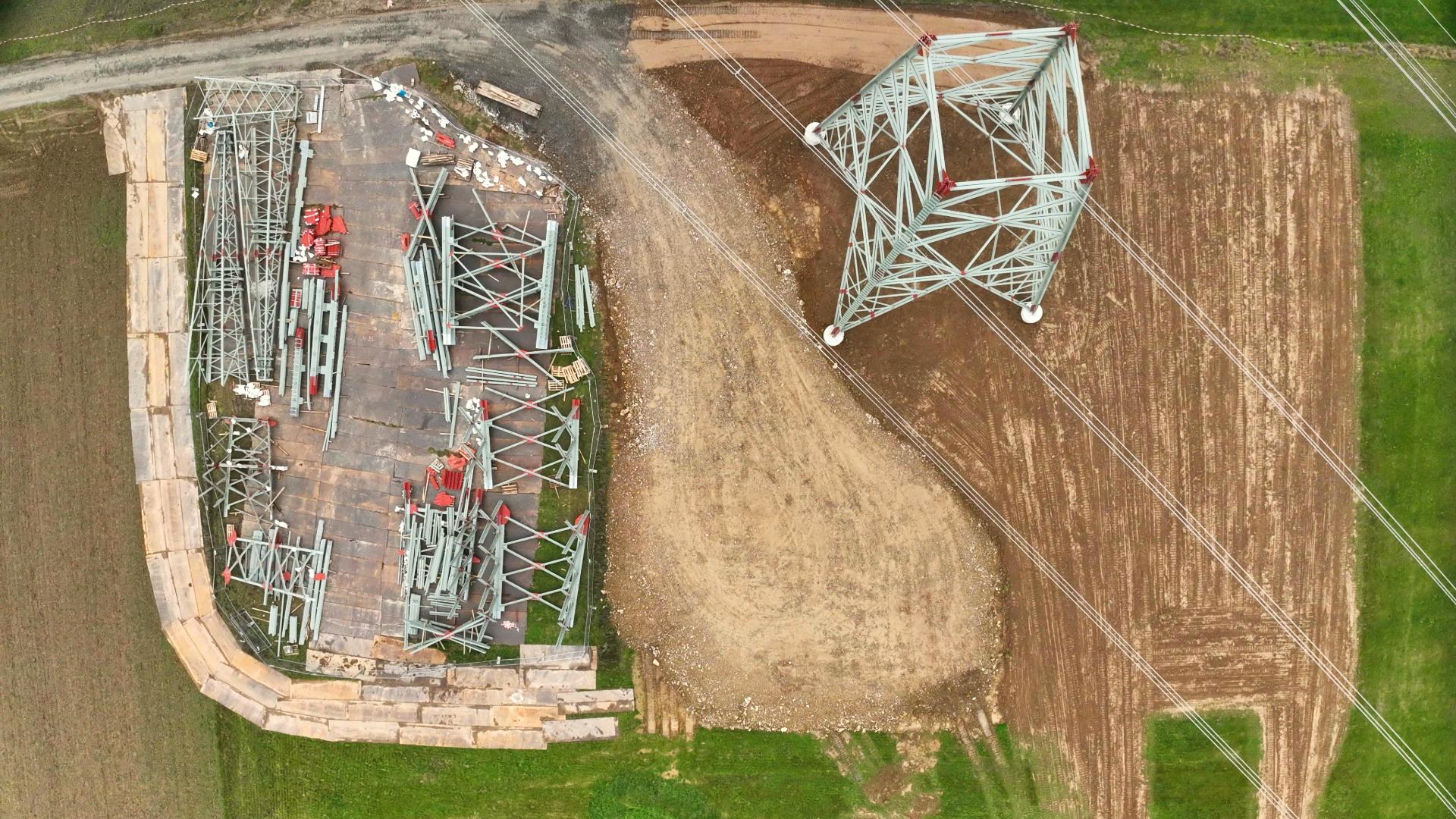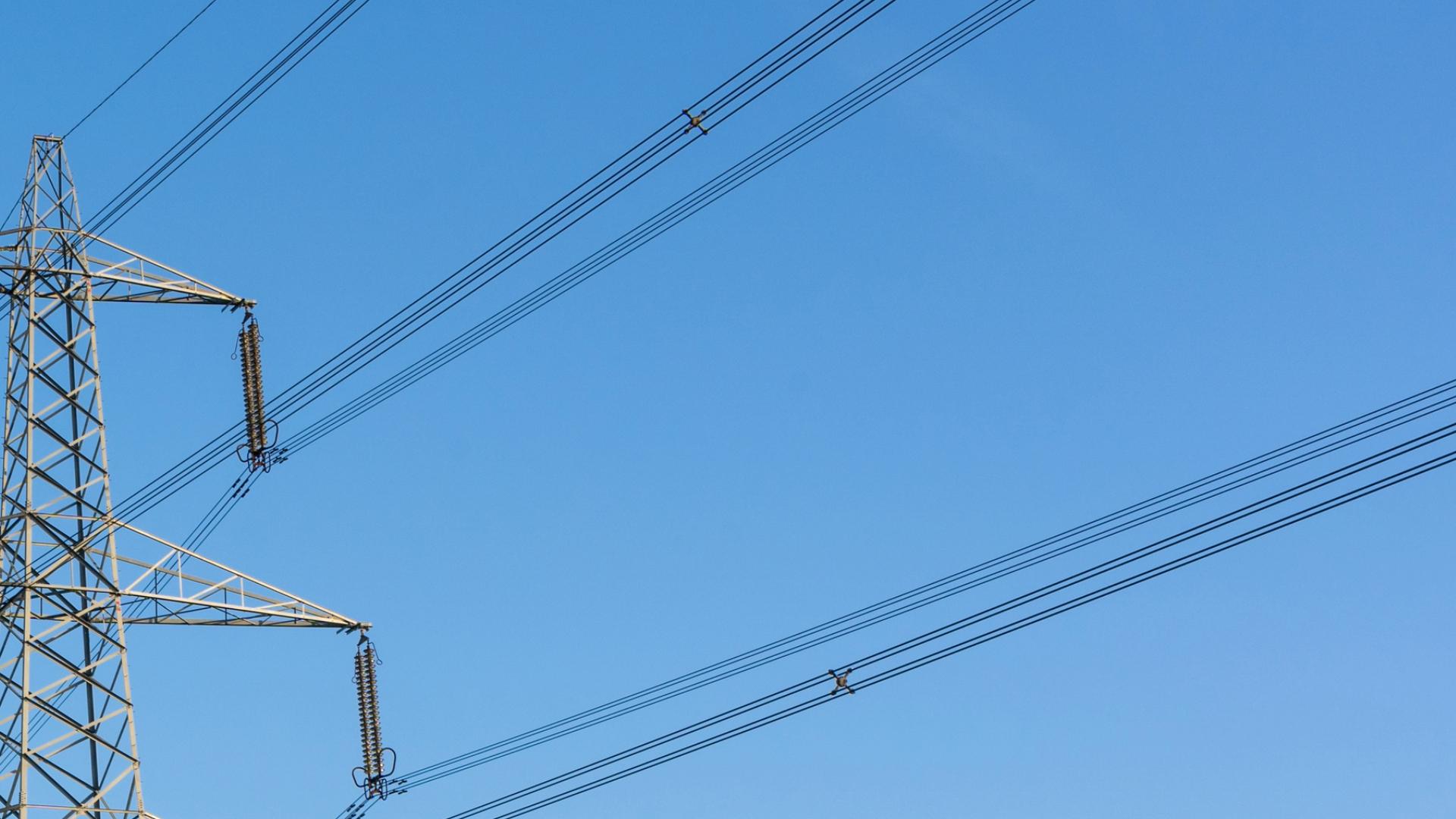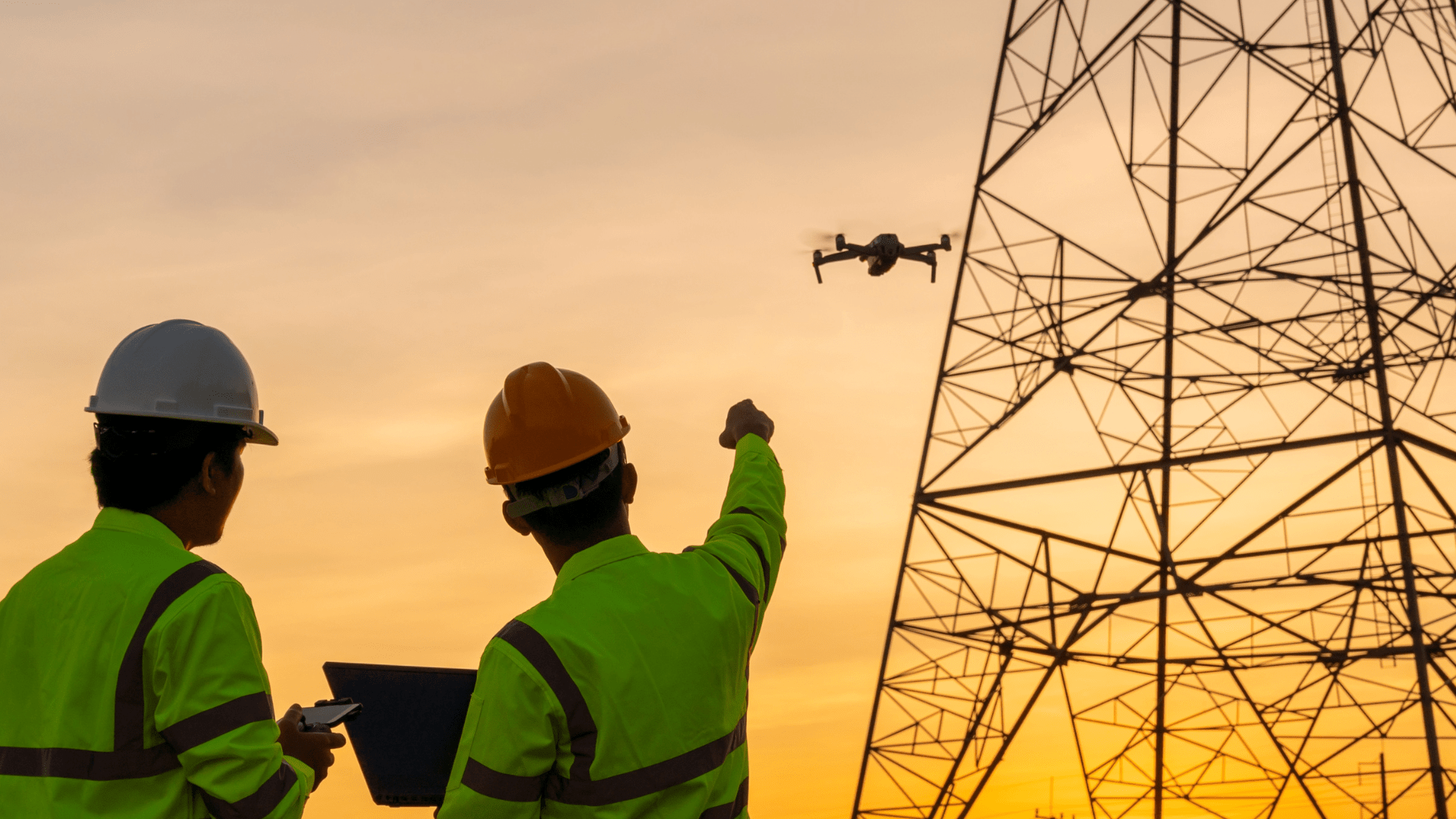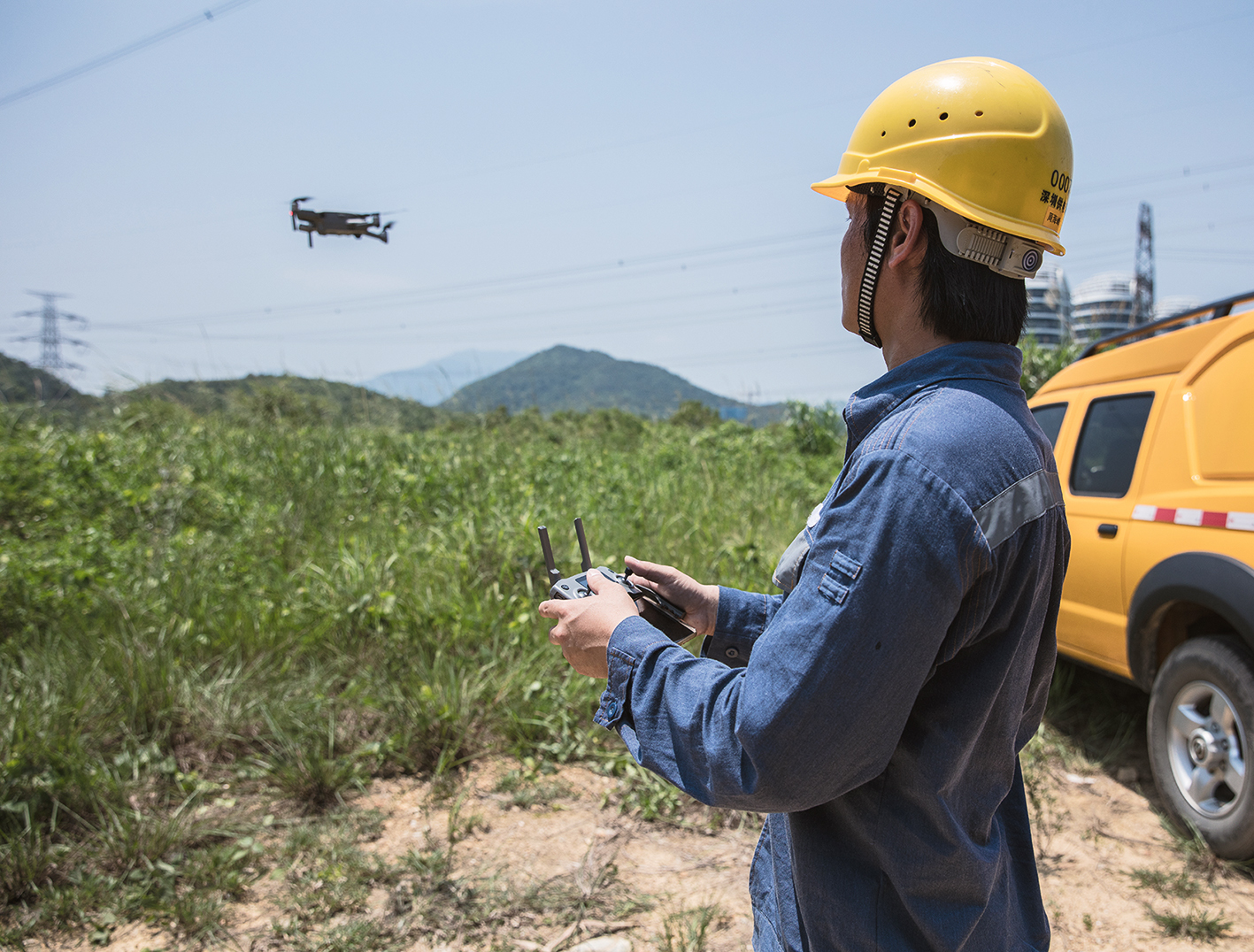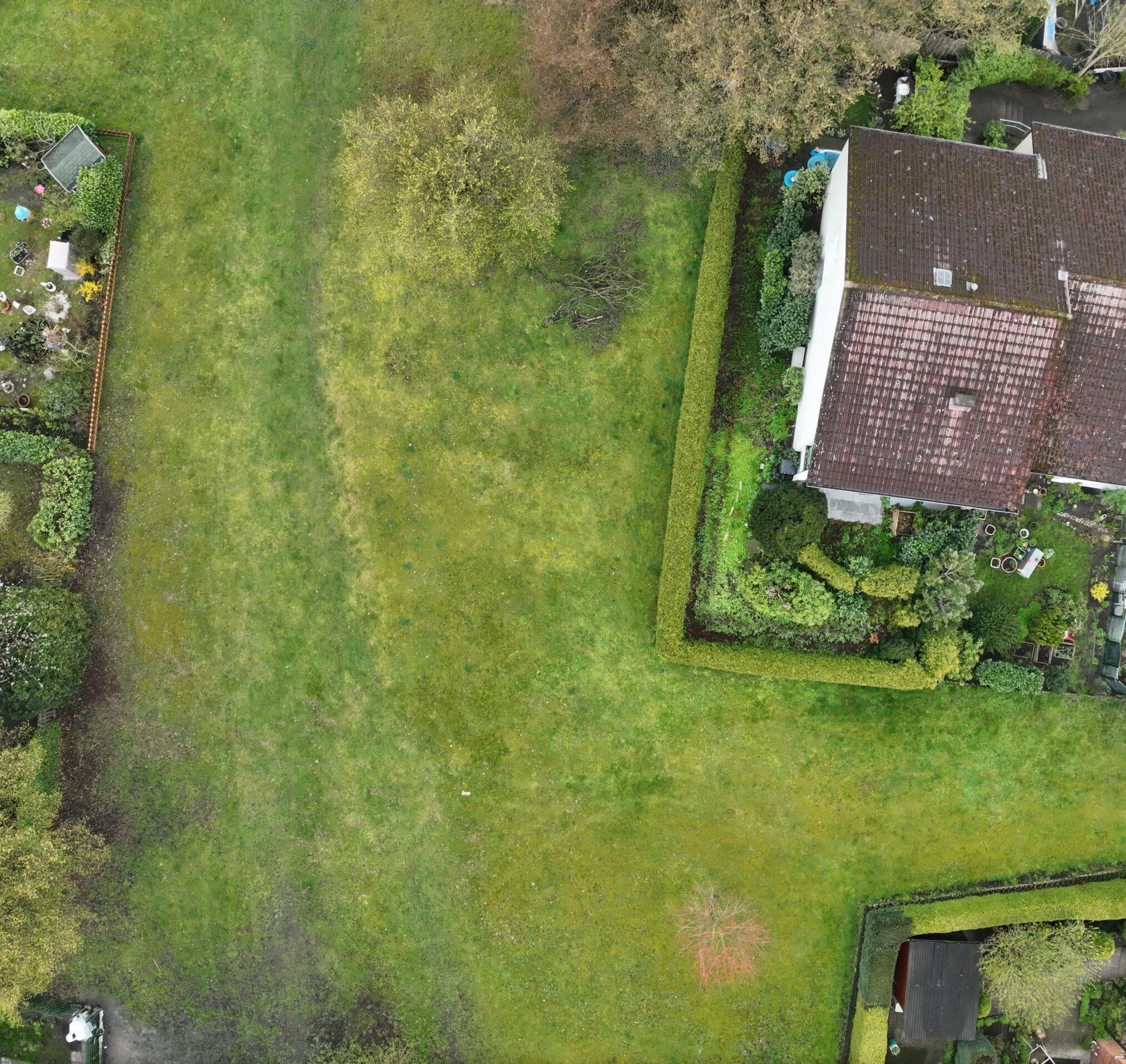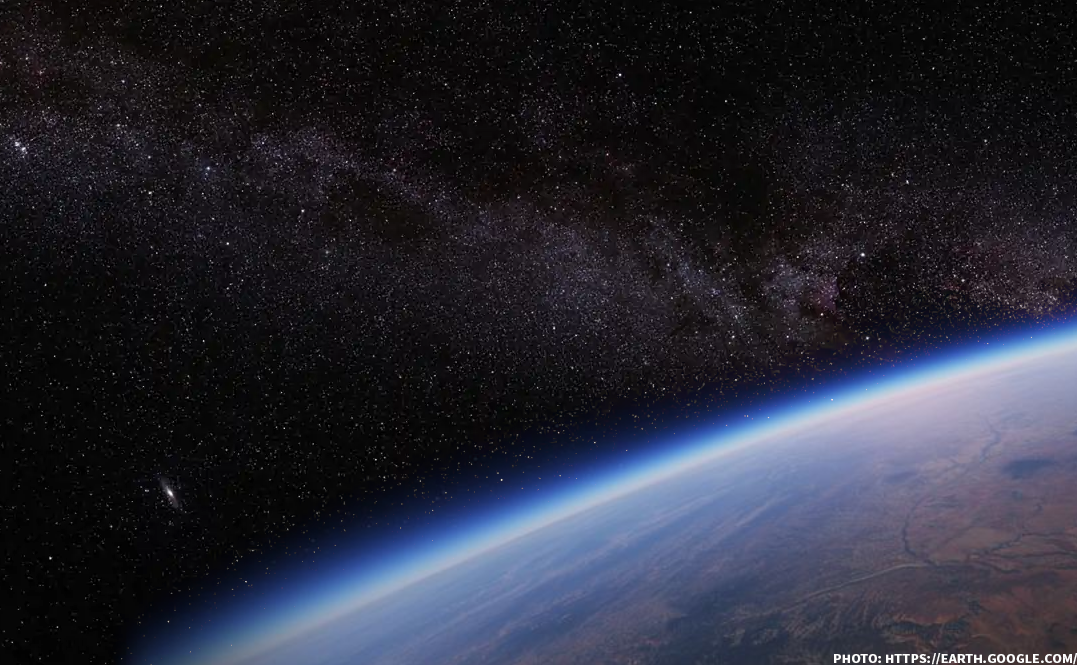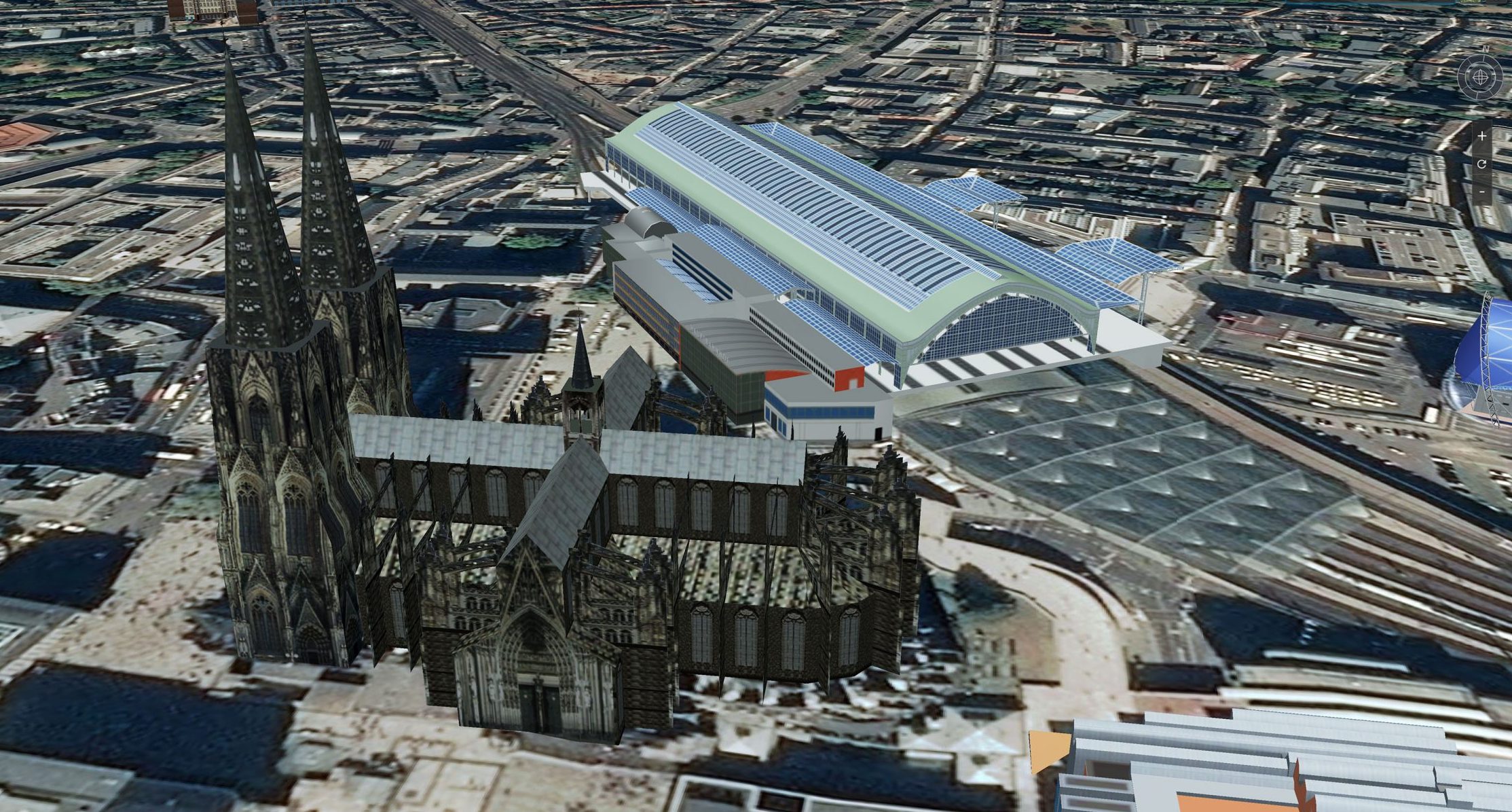Von einfachen Wegbeschreibungen über Grundstücksdaten bis hin zu komplexen Fachthemen, wie die Risswerkaufnahme oder die Baufortschrittsdokumentation mit Drohnen: Geodaten begegnen uns bei der Arbeit oder im Alltag und sind in so ziemlich jeder Branche zu finden!
Vorsicht: Nicht alle Geodaten sind zu gebrauchen!
Auf den ersten Blick gibt es eine riesige Menge an „Freien Daten“, die der Nutzer für seine jeweilige Fragestellung oder Aufgabe verwenden kann. Aber Vorsicht: Dabei sind längst nicht alle Daten, die man findet so einfach zu gebrauchen. Neben den Kriterien, wie die Daten erfasst wurden, kommt es vor allem auf die Datenqualität an. Geben die Daten überhaupt die benötigten Informationen her und sind sie vertrauenswürdig? Beispielsweise sind die Daten, die die Openstreetmap (OSM) zur Verfügung stellt für jedermann zugänglich. Sie garantieren aber keine gleichbleibende Qualität, da es keine einheitlichen Standards bei der Erfassung gibt. Je nach Art der Aufgabe können solche „Freien Daten“ aber eine gute Ergänzung zu offiziellen amtlichen Geodaten sein. Die „Freien Daten“ haben jedoch den Vorteil, dass sie meist dynamischer sind als die amtlichen Geodaten. Änderungen fallen einem dabei schneller auf. Aber auch hier ist Vorsicht angebracht: Nicht jeder geänderte Datensatz entspricht der Realität!
Amtliche Daten sind verlässlich und bindend
Amtliche Daten haben den Vorteil, dass sie einheitlich erfasst wurden. Sie sind ein großer Bestandteil in vielen Branchen und als einzige verlässlich und rechtlich bindend. Bei einem Grundstückskauf möchte man beispielsweise sehr genau wissen, wie groß denn nun die Fläche ist, auf der man sein Haus baut und für die man Steuern zahlt. Des Weiteren sind amtliche Daten in einem Themenbereich, wie etwa den Baumarten einer Forstfläche, viel differenzierter als die frei verfügbaren Geodaten. Aber auch amtliche Geodaten haben ihre Nachteile. Je nach Themengebiet können sie etwas veraltet sein. Dass das nicht immer so sein muss, zeigt zum Beispiel die detaillierte Auflistung von gerade im Bau befindlichen Bahnstrecken.
Geodaten müssen ausgesucht und validiert werden
Insgesamt gibt es eine große Menge an verfügbaren Geodaten, die in Frage kommen. Diese müssen ausgesucht und validiert werden. Teilweise ist eine Aufbereitung der Daten (z. B. Georeferenzierung) notwendig. Das ist in der Regel ein komplexer nie endender Prozess, da sich die Welt, und so auch die Geodaten, laufend ändert. Für einen Kartendienst, der auch für Einsätze mit Drohnen nutzbar sein sollte, besteht eine besondere Herausforderung. Die Daten müssen aktuell, vollständig und möglichst richtig dargestellt sein. Dies gilt es bei der Arbeit mit den Daten herauszufiltern.
Geodaten sind immens wichtig für die Wirtschaft
Geodaten sind in vielen Bereichen unserer Wirtschaft immens wichtig. Es kommt jedoch vor, dass alle verfügbaren Daten, egal ob „Freie Daten“ oder amtliche Daten, einen besonderen Anwendungsfall in einem Unternehmen gar nicht abdecken können. Das liegt entweder daran, dass eigene aktuellere Daten genutzt werden oder es liegt daran, dass keine freien oder amtliche Daten verfügbar sind.
In bestimmten Fällen Geodaten selbst erfassen
In einem Steinbruch müssen der Abbaufortschritt und andere Veränderungen dokumentiert werden. „Freie“ oder amtliche Daten gibt es eventuell, meist sind diese aber nicht aktuell genug. In diesem speziellen Fall kommt man nicht drum herum die Geodaten selbst zu erfassen oder jemanden zu beauftragen, der sie für einen erfasst. Das könnte beispielsweise ein Vermesser sein, der mit einer Drohne den Bruch überfliegt und anschließend ein vollständig reproduzierbares 3D-Modell von der aktuellen Situation liefert. Nach der nächsten Sprengung kann der Bruch jedoch schon wieder komplett anders aussehen und die Befliegung müsste wiederholt werden.
Drohne bietet Zeitersparnis und Reproduzierbarkeit
Beispiele für den anderen Fall, nämlich dass gar keine Daten vorhanden sind, sind Fassadeninspektionen, Haldenberechnungen, Schadensermittlungen auf der landwirtschaftlichen Nutzfläche und noch viele andere Fälle. Alles in allem sind die benötigten Daten bei solchen Fragestellungen nie in freien oder amtlichen Quellen zu finden. Interessant sind für den Anwender nur die Endergebnisse, die sich häufig aus den Auswertungen der selbst aufgenommenen Daten ergeben. Ein Beispiel könnten die Aufnahmen einer Wärmebildkamera von Solaranlagen sein, um die beschädigten Zellen zu identifizieren. Diese Daten selbst zu erheben ist mit einer passenden Drohne sehr sinnvoll, da es eine Zeitersparnis und Reproduzierbarkeit der Ergebnisse gibt. Zudem kann ein eigener Standard definiert werden und die Erfassung erfolgt nach den eigenen Bedürfnissen.
Drohne als nützliches Werkzeug
Gerade in diesen Bereichen unserer Wirtschaft ist das Potential für den Einsatz neuer Technologien wie Drohnen riesig. Zudem sind manche Aufgaben und Erfassungsmethoden von Menschen gar nicht oder nur unter sehr hohen Kosten durchführbar. Die Drohne wird so zum nützlichen Werkzeug für die erfolgreiche Umsetzung von Projekten in einem Unternehmen.
Probieren Sie noch heute völlig unverbindlich Map2Fly_Pro und sparen Sie sich wertvolle Zeit für Ihre Planung. Teilen und verwalten Sie Ihre Projekte mit Ihren Kunden und Projektpartnern und nutzen Sie auch ohne Vorkenntnisse die Vorteile, die ein Einsatz von Drohnen bietet.
Möchten Sie stets auf dem aktuellen Stand der Drohnenanwendungen bleiben? Dann melden Sie sich noch heute auf flynex.de für unseren Newsletter an.
Ihr Team FlyNex
